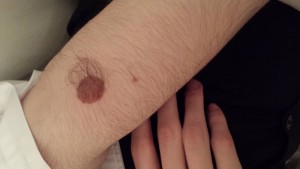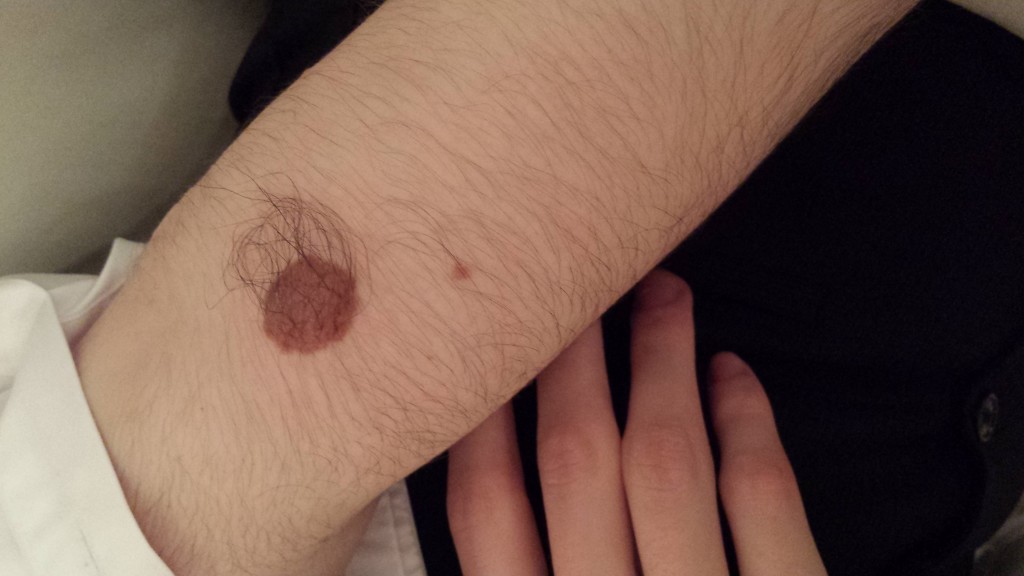Uncategorized
A short guide on birthmark removal
Birthmarks are one of the most common skin conditions people face. Although these are completely harmless and often disappear with time, people sometimes opt for birthmark removal. Some feel that birthmarks on the visible body parts make them feel self-conscious. Similarly, some birthmarks may become uncomfortable for a person and hence, its removal becomes necessary. Certain birthmarks also need to be removed for medical purposes, for instance, haemangioma, as it blocks the airways. And given the advancement of technology, birthmark removal is nothing risky or will take much of your time. So, you should get in touch with a dermatologist in London and get your birthmark removed at any time.

Treatment methods employed for birthmark removal may depend upon various factors, which include the type of birthmark, your health, age, etc. For instance, port wine stains are permanent but treatment can make the marks lot more faded and less noticeable. Let’s have a look at some of the birthmark treatment methods.
Laser Treatment
Although laser treatment is effective for most of the birthmarks removal, it is the only option if your child has port wine stains. Although laser treatment would not completely remove the birthmark, it will make it less noticeable. Also, port wine stains become more and more visible with passing age, often becoming bumpy during adulthood. Therefore, getting this birthmark removed in early childhood is the best option.
To reduce discomfort during laser treatment, a jet of cold air is sprayed onto the skin to provide comfort. Although this method is relatively risk-free, there are some side-effects of laser treatment, which include –
- Bruising marks on the treated area that often disappears after a couple of weeks.
- Laser treatment can be painful and to counter it, the dermatologist might use local anaesthesia to negate discomfort to your child during
- Increased sensitivity to sunlight that makes your child more prone to sunburn for an initial few months after the treatment.
- Around 5-30 treatment session on an average might be required to treat port wine stains and other birthmarks.
Surgical Excision
This method is used when no other method is ideal for birthmark removal. For instance, if the haemangioma is big or found on the internal organs, a surgical excision is the only option to get it removed. However, there are a few side-effects of this birthmark removal method as well, which include bleeding, scarring or infection.
Once the birthmark removal is done, it may leave the treated area in dark purple colour. This usually lasts for about 8-10 days after treatment and disappears on its own. However, care should be taken that you do not scratch the treated area as it may infection or other side-effects. Similarly, one should avoid going out in the sun after birthmark removal treatment. Even if going out is necessary, proper sunscreen should be used to negate the harmful rays of the sun. The complete healing process can take up to seven weeks and during this period, all efforts should be taken to look after the treated area properly.
For a personalised advice on your birthmark removal, you can also consult our HP Dermatology Centre experts and know more about birthmark removal.

